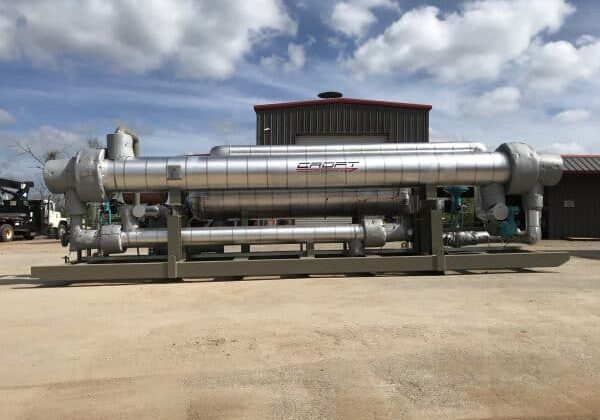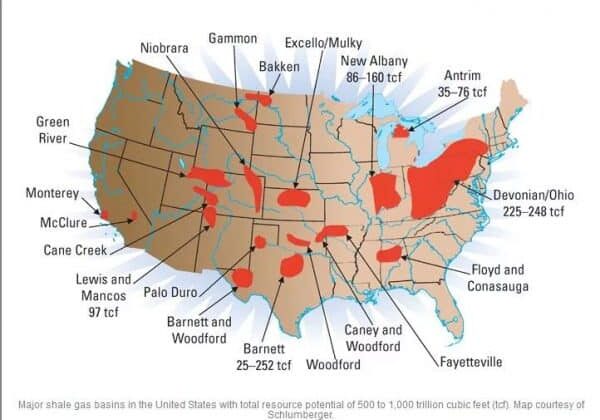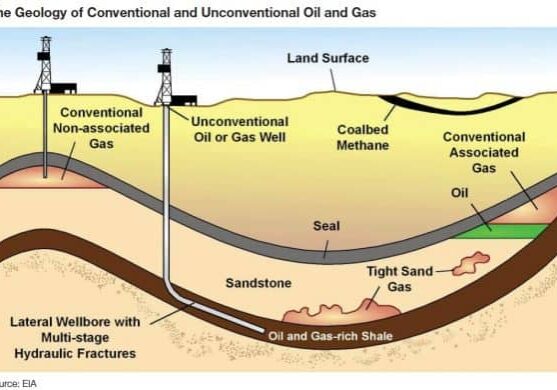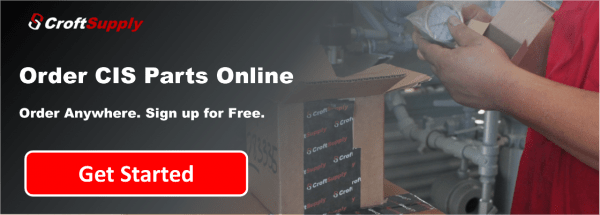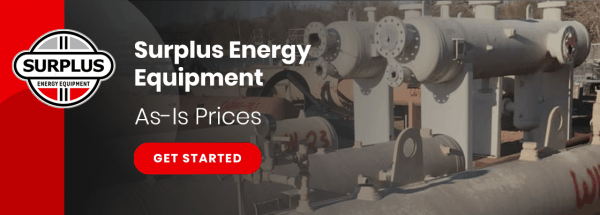This week our Guest Blogger is Ben Odom, Producer, and Terry Tomasino, Marketing Account Executive for McGriff, Seibels & Williams. McGriff is the 5th largest brokerage firm in the United States and the 6th largest worldwide. McGriff is a full service broker with 8 operating divisions- one of which is Energy and Marine.

AN INTRODUCTION TO CERTIFICATES OF INSURANCE
Due to the litigious nature of the oil & gas industry, it is particularly important not only for Croft Production Systems to have the correct coverage, but also to make sure Croft Production Systems vendors have the proper coverage.
| I. | What is a Certificate of Insurance? | |
| Ø | Certificates are convenient documents used to verify to another party the existence of required insurance and for monitoring compliance with insurance requirements in contracts. Although certificates are not the legal equivalent of actual insurance policies, they are the customary means of verifying insurance coverage. | |
| Ø | These documents are not intended to nor are they able to modify coverage or change the terms of the insurance contract. | |
| II. | Why are Certificates important? | |
| Ø | Croft Production Systems business may be at risk of loss as the result of the actions of contractors, subcontractors, or vendors with whom you do business. A Certificate of Insurance should be obtained to protect Croft Production Systems interest in the event of legal action arising from the actions of others. | |
| Ø | Whether or not Croft Production Systems obtains Certificates from contractors & vendors has the potential to affect Croft Production Systems insurance premiums. | |
| III. | How could Croft Production Systems suffer a loss as the result of a vendor’s or contractor’s actions? | |
| Ø | Most legal actions involve all entities who participate in the delivery of a service, including not only the vendor or contractor but also the company which hired the vendor. An uninsured or under insured participant who becomes a codefendant may result in increased losses to Croft Production Systems. Additionally, losses which must be paid by Croft Production Systems insurers due to insufficient insurance on the part of the vendor will drive up the cost of insurance for Croft Production Systems. | |
| IV. | Are there other reasons to collect and track vendor / contractor Certificates of Insurance? | |
| Ø | Often Workers Compensation insurers charge additional premium at policy audit based on salaries of contractors, if it appears that the contractors were not adequately insured for Workers Comp, or if Croft Production Systems cannot show evidence (Certificate of Insurance) to confirm contractors’ coverage. Additionally, some GL insurers may charge additional premium at audit if contractors do not have sufficient insurance of their own. | |
| V. | What is the relationship between Insurance Policies, Certificates of Insurance, and Contracts? | |
| Ø | An insurance policy is a contract which is completely separate from an MSA or any other type of contract. While an insurance policy references other contracts into which Croft Production Systems may enter, and while the MSA or contract talks about insurance, they are in fact separate contracts. | |
| Ø | The insurance coverage is put into place to back up the Indemnification Provisions of the MSA or other contract. | |
| Ø | Certificates of Insurance are merely snapshots of basic policy coverage and limits at time of issuance of the certificate. Certificates convey no additional privileges which are not included in the policy. | |
| VI. | What formats are acceptable for Certificates of Insurance? | |
| Ø | Certificates of Insurance are generally issued based upon standardized forms published by ACORD (Association for Cooperative Operations Research and Development). These forms provide basic information about the coverage (such as the types of insurance, limits in effect, etc.) and any special insurance requirements that have been requested (such as naming Croft Production Systems as an Additional Insured.) | |
| VII. | What are the important areas to review on Vendor / Contractor Certificates of Insurance? | |
| Ø | Is the Certificate provided on a proper form, such as ACORD 25? | |
| Ø | Is the vendor/contractor named on the certificate precisely the same name that is in your contract with this company? | |
| Ø | Is Croft Production Systems named as the Certificate Holder? | |
| Ø | Has Croft Production Systems been named as an Additional Insured? | |
| Ø | Does the Certificate indicate that the right of subrogation has been waived? | |
| Ø | Have the policies been issued by reputable insurers with acceptable financial ratings? | |
| Ø | Are the types and limits of insurance listed on the form the same as or greater than those required by Croft Production Systems under contract? | |
| Ø | Are the policy numbers listed on the Certificate? If a policy has not been issued yet, a binder number should be shown. | |
| Ø | Are the dates of coverage adequate for the specified work? If any required policies will be expiring during the course of the work, be sure to request a new certificate before the old one expires. | |
| Ø | Are the Notice of Cancellation provisions acceptable? | |
| Ø | Does the certificate indicate any special insurance requirements which were specified in the contract? | |
| Ø | Does the certificate cite the contract number or job location to tie the insurance to the work? | |
| Ø | Has the provider made any unapproved modifications to the certificate (for example, handwritten notes, wording crossed out, etc.)? | |
| VIII. | What should you do if you receive a deficient Certificate of Insurance? | |
| Ø | Croft Production Systems should have a procedure for responding to deficient certificates. Ideally, this should address giving the certificate provider written notice of any identified deficiencies, and requiring that they provide a corrected certificate before they are allowed to start work. |
You can download the the above COI Guide as a reference and guide below:
CROFT has always put clients first- through our safety protocols, our equipment, our eco-friendly chemicals, and our superior customer service. We are ISO9001 certified, a member of ISNetworld, and DISA compliant. Learn how we go above and beyond to not only ensure our employees’ safety but our clients as well.

